Join Meeple Mountain as we welcome Richard Breese, the owner and founder of R&D Games, to the interview table! R&D Games is the publisher of the “Key series” of games such as Keyflower, Keyper, and Key to the City: London and other notable titles such a Reef Encounter and Inhabit the Earth. Welcome Richard!
Let’s start off with an easy question, what games have you been playing lately? Is there a particular standout for you? What is it about this game that keeps you coming back?
A lot of my gaming time is used playing the games I have in development. At the moment Keyper and Key Flow. Of the newer published games, I am enjoying Century Spice Road as a quick closer, Sagrada, Azul, the Marco Polo expansions and Altiplano.
Just to give us a little background, when you’re not creating board games, what do you do for a living?
I trained as an accountant and am currently Finance Director for a large scale commercial property (real estate) developer.
How would you say that has affected your approach to game design?
It reduces the time I have for games development! But it also engenders the discipline for seeing projects through and meeting timetables. But I don’t think otherwise there is a huge overlap.
Aside from designing and playing board games, do you have any other hobbies?
I enjoy keeping fit and do a 5k run most days. I also enjoy cooking – I am a vegetarian, and to spend time with my sons and friends, but happily that often includes board games.
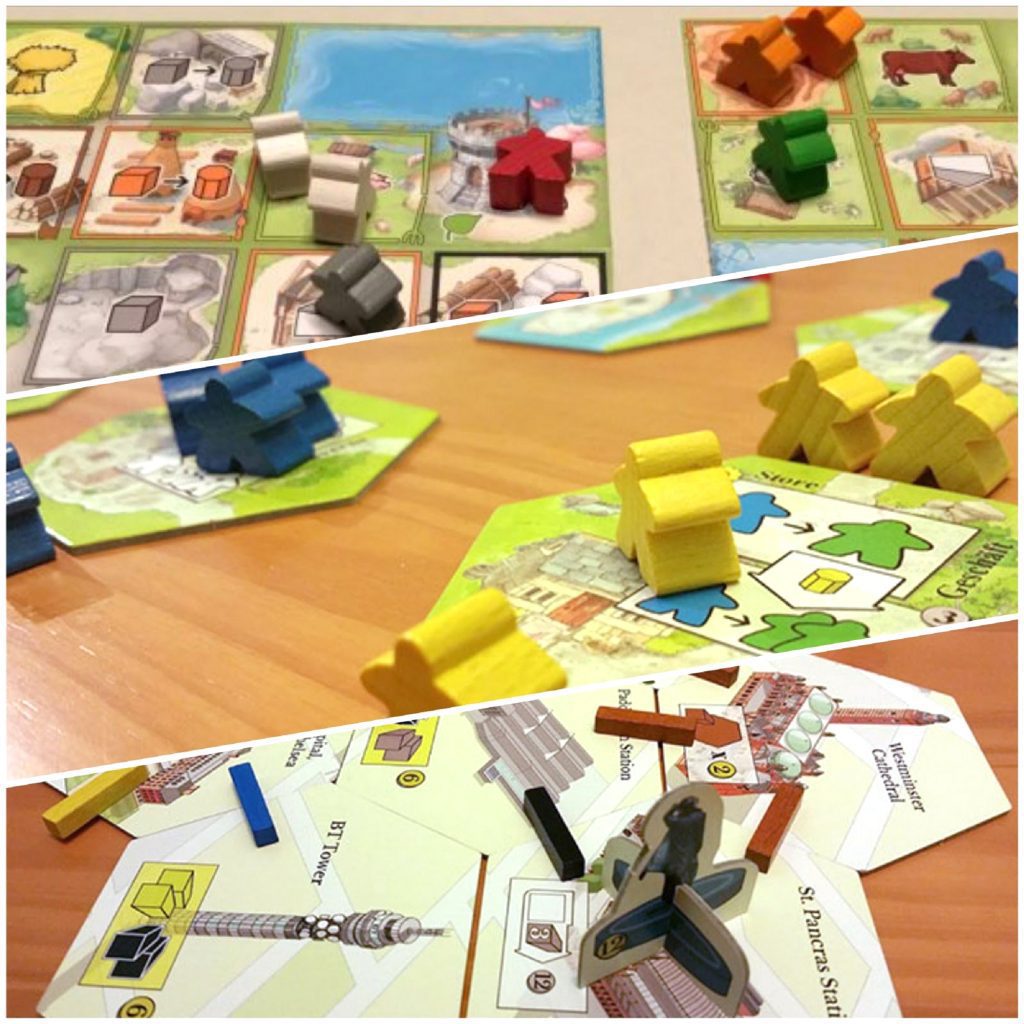
What did you imagine yourself doing when you were younger? Did little Richard Breese ever think that he would be doing what he’s doing right now?
I have enjoyed games and games designing since I was about 10. I touched on this on the sides of the Inhabit the Earth box. I thought I would probably become involved in graphics like my father, but I started in banking when I left school before re-training as an accountant. But I guess I was partly right as I do the graphics for the R&D Games, which I enjoy. My sister Juliet was the illustrator for the earlier R&D Games, so I guess she was more strongly influenced by our parents at an earlier age.
Keydom has often been credited as being the very first worker placement game. How does it feel knowing that you were the first of many?
It’s pleasing to have that distinction and to know that it was influential in the development of such great games as Agricola and Stone Age.
I love your sister’s illustrations. They lend a certain feel to your games that you just can’t get anywhere else. Why isn’t your sister illustrating your games anymore?
Juliet has a number of creative talents and she is also the parent of a very active 11-year-old boy. So she has turned her hand now to pottery and part-time chauffeur. It is a shame for me, but she still helps out where required on things such as the game titles and I am lucky now to have Vicki Dalton illustrating who can draw in a similar style. As I do the graphics hopefully the look and feel of the R&D games going forward will be similar.
I own several of your games now and I have noticed that each one of them has some sort of history about the games, yourself, or your game company on the box edges. I think this is brilliant and it’s one of the things that I specifically look forward to from one game to the next. I haven’t seen this done anywhere else. What was your inspiration for doing this?
As I do my own graphics it does not cost me money as it would do if, like many companies, I were to employ a graphic designer. So it is just my time cost. I like to be able to add a little extra value with some background information which I hope some gamers will find interesting or, as in the case of Keyper, helpful. I started doing this on my very first game Chamelequin in 1989. It’s fun to do and often gets some positive feedback, although newer gamers to the R&D line sometimes suggest this extra info should be in the rulebook as they don’t expect to find information on the box sides or think to look there. Great that you look forward to these.
Recently, you were tapped as Boardgamegeek.com’s Geek of the Week. What are your thoughts on that award?
It felt like a great honour and was fun to do. Although there was a little bit of work to do on mastering the handover process and a lot of work to do replying to the comments! Some of the questions were quite thought-provoking and my partner was also amused to read and find out a little more about my life!
Reading through the questions that you were asked there, I see that you’re working on a game called “Key Flow”. Can you tell us more about this game?
Key Flow is the next game in the medieval key series. One of my long-time playtesters, Ian Vincent, had the idea of a card version of Keyflower, which he showed to Sebastian Bleasdale and myself. Sebastian proposed a fundamental shift from square cards to a two card row village development set up for each player which I supported. There are 192 cards in total comprising village cards and keyple cards. The keyple cards are used to activate the village cards. The game is played over four seasons like Keyflower, with an increasing number of cards being available in each successive season in a drafting mechanism similar to 7 Wonders. There are skill tiles, upgrade tiles and resource counters in the game too so it is not just a card game. The game flows quickly compared to Keyflower, the river flows along the bottom of the bottom row of cards in your village and Key Flow is a shortened Keyflower name. Three different reasons for the game name itself. I’m confident if you enjoy Keyflower you will enjoy Key Flow also. You will already be familiar with many of the mechanisms. The game plays a lot quicker and is also friendlier as the card drafting replaces the bidding in Keyflower.
Aside from wrapping up Keyper and working on Key Flow, do you have anything else in the works that you can tell us about?
As usual, I am working on ideas for another game. But it is too early to know how this will develop. However, there will be an expansion for Keyper which adds a new foldable ‘sea’ board and plus another flat board. Fishing is added to the new opportunities, but more fundamentally the structure of the Keyper game is changed by the extra board. So, for example in a three player game, there are now four foldable country/sea boards. As a consequence boards are claimed and their seasons changed at different times. This has a big effect on the game flow as the country boards and teams of keyples are no longer in synch. It is really like playing a different game with many new considerations, which should be good fun to gamers who have got their mind around the ideas behind the base game Keyper. There will also be a couple of new Keyflower promo tiles hitting the BGG store next year.
Speaking of Keyper, how did you come up with the idea for the country boards? It’s pretty ingenious.
I saw one of the boards at a trade fair in 2013. I had seen them previously but this time they triggered off thoughts that there was a game there to be created somehow. It took me a while to work out what the game was. In particular, I considered I needed to restrict the permutations available and the number of times the boards were manipulated in order to not to disrupt the flow of the game. Hence the restrictions created by the requirement to show the keyp relating to the current season and that a full 16 fields should be visible.
I read somewhere that you enjoy geocaching. My wife has been wanting to do this for quite awhile, but I have been resistant. Why should I start geocaching? Why do you do it?
Because it’s fun. It gets you out walking and exercising, but with a game element included. I was introduced by German gaming friends – who also separately introduced famous German game designer Dirk Henn to geocaching – and they have shown me some very impressive caches in Germany. A couple of my sons have introduced me to the Pokemon Go game which covers similar ground.

Do you have a favorite game designer (i.e. a designer whose games are automatic buys for you)? If so, who and why? What’s your favorite game by them?
I usually enjoy Uwe Rosenberg and Stefan Feld’s games. I admire the genius of Vlaada Chvátil and Friedemann Friese and their creativity in continually coming up with new gaming ideas, even if some of them are a bit off beat! My automatic buy, however, would be those games created by the Hans in Glück team, who typically will spend a lot of time and effort on developing their games, notwithstanding the name on the box lid. I would pick Marco Polo, Stone Age and Tigris and Euphrates as amongst my favourites of theirs.
Speaking of favorite games, if you had to choose your favorite game ever, what would it be? Why did you select this particular one?
Rummikub. I get absorbed in the numbers. It is easy to play, to enjoy with gamers and non-gamers alike and was a particular favourite of my parents and sons. I usually manage a game most weeks.
I game mainly with my wife and we have always thought that it would be amazing if you were to create a strictly two player game. Have you ever considered doing such a thing?
I don’t create a game with a particular player number in mind. I’m swayed by what works best for that game. A lot of my games are playtested extensively as two player games and I think that Inhabit the Earth, Keyflower and Keyper and all work well with that number. As I tend to game in a group I prefer to create games that will work for different numbers of players. I think it’s better to have a game that plays well with two, but that can also be played by a greater number of players.
In your interview for Tabletopia, you were asked about your inspiration for Keydom and why you add the word “Key” to the titles of most of your games. You responded:
Sumo boardgames magazine (which subsequently morphed into Counter) launched a game design competition which inspired me to create my first Eurogame style game.
I met American gamer Keywood Cheves at Essen and his unusual name was just what I was looking for when I was searching for a name for my new game. Happily Keywood didn’t mind and bought three copies of the game. He is now even happier as he recently sold one of three copies for almost $700!
I submitted Keywood to the Sumo competition and was delighted when it won the competition. I then took my hand made copies to Essen in 1995 where the game was well received, getting a top rating in the German Spielerei magazine. Keywood was a character in the Keywood game and the land was named after him. So Keydom became title for the second game in the series.
Keydom and all the later Key games feature a common family friendly theme (except Key to the City – London) with plenty of indirect player interaction and a minimal amount of luck. Player actions are constructive, generating a positive feeling, not negative, conflict driven or destructive. Players are offered plenty of choices as I try to allow players to do things and not to restrict options.
Have you ever given a fake answer to this question? If so, what’s the best one you’ve ever come up with?
No. I was always happy with the real answer. It was also fortuitous in that it provided such a workable prefix to the later titles in the series.
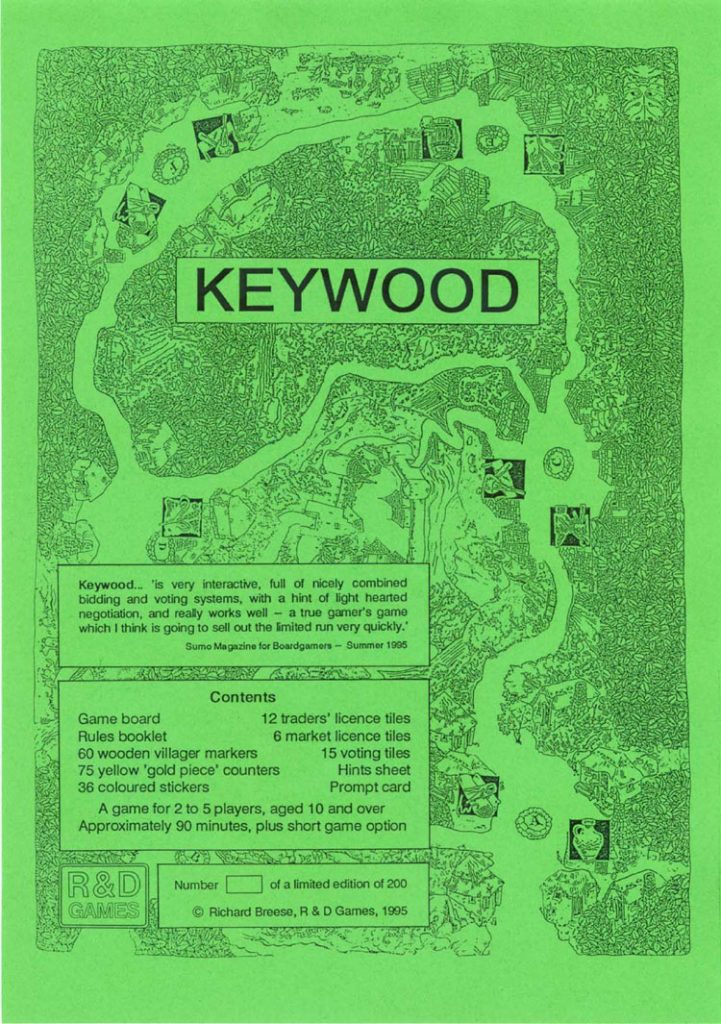
We know all about the best games that you’ve ever designed. Now, tell us about the worst. What do you feel is the worst thing you’ve ever designed? How do you, as a designer, know when to give up the ghost and move onto something else?
I like to think that my games have evolved over the years. I do believe that generally the better games published now are better than the games of, say 20 years ago, as more and more ideas have emerged and been absorbed into other games. Worker placement has been used in many ways. I hope each time I have used the system I have added something to it, such as in Keyper with the combination of joining, laying down and team management. The card drafting and hand management system of Dominion is another system that has originated in the past ten years and has now been used in many interesting ways. I suspect it was an influence in Reiner Stockhausen’s wonderful new release Altiplano, where instead of cards you are drafting reusable tiles – which I played for the first time last week and thought it was a great design. So I would answer that I think my later games are better than some of my earlier ones, which is why I will probably not re-issue some of the very earlier games. I think those earlier games were of their time, but I would prefer not to use the phrase ‘worse’!
Who are the most important characters in your past that influenced you as a designer and how did they influence you?
I referred to Hans in Glück earlier, and the main man there is Bernd Brunnhofer. Bernd was influential in reworking my third game Keydom into Morgenland / Aladdin’s Dragons and I learned a lot from him in the way he undertook the development process.
Thank you, Richard, for taking the time to answer our questions. I’m sure I’m not alone in saying that we’re very excited to see what’s coming next!
Check out our review of Keyper, Richard’s latest game. Also, be on the lookout for a reprint of Key Market coming to Kickstarter sometime in 2018. It’s been out of print for quite some time. Don’t miss your chance to get yourself a copy!



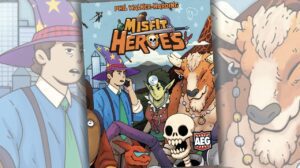
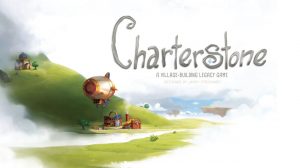
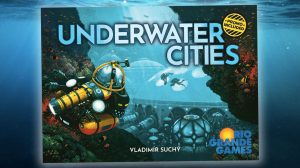
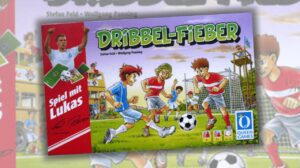




Add Comment